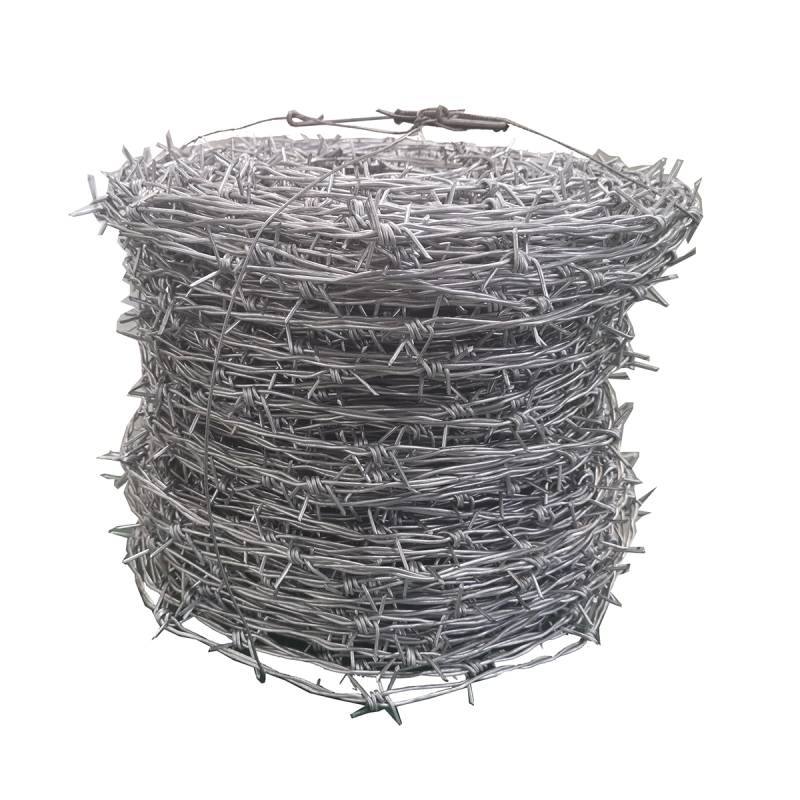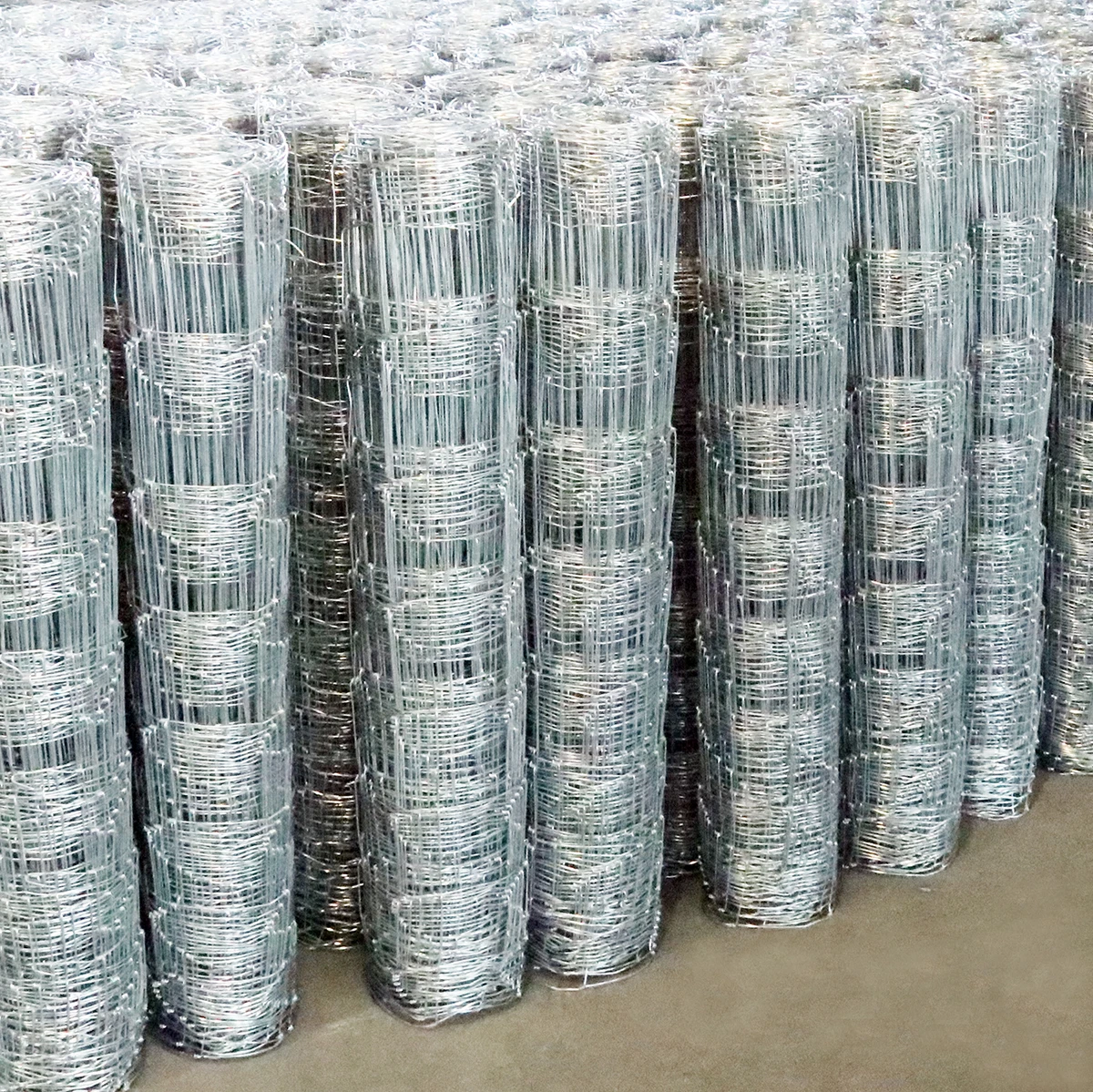Exploring the Impact and Design of Large Barbed Wire Fencing Systems
Aug . 20, 2024 21:49
The Intriguing World of Large Barbed Wire History, Uses, and Innovations
Barbed wire, often seen as a symbol of fences and boundaries, has played a pivotal role in shaping landscapes, securing properties, and managing livestock. The emergence of large barbed wire, in particular, has revolutionized its application across various industries. This cutting-edge iteration of the traditional fencing material has not only enhanced security but also introduced substantial advancements in agricultural and industrial practices.
A Brief History of Barbed Wire
The concept of barbed wire dates back to the 19th century when Joseph Glidden patented his design in 1874. His invention quickly gained traction and became essential for ranchers in the American West, allowing them to efficiently manage cattle and protect their land from intrusions. The use of slender steel wires with sharp barbs subsequently replaced wooden fences, drastically reducing costs and labor while improving durability.
With time, the need for larger and more robust barbed wire grew, particularly in regions requiring heightened security, such as military installations and correctional facilities. Large barbed wire features wider spacing between the barbs and thicker wire, providing a formidable barrier that is difficult to breach.
Applications of Large Barbed Wire
Today, large barbed wire is utilized in various sectors, from agriculture to military applications. In agricultural settings, this wire is indispensable for creating robust enclosures for livestock, ensuring that animals stay secure within designated grazing areas. It also protects crops from pests and larger wildlife, which can devastate fields if not kept at bay.
In the industrial and construction sectors, large barbed wire is employed to safeguard facilities, preventing unauthorized access to sensitive areas. Its formidable presence deters potential intruders, thereby reducing theft and vandalism. Additionally, large barbed wire serves as a barrier for hazardous sites, enabling companies to operate safely without the risk of accidents or liability.
large barbed wire

Innovations in Barbed Wire Design
Recent innovations in large barbed wire technology have led to even greater enhancements. Manufacturers now incorporate advanced materials that improve the wire's strength, resistance to corrosion, and durability. For instance, the implementation of galvanized steel and vinyl coatings has made barbed wire longer-lasting and less susceptible to environmental damage.
Moreover, modern designs also include features aimed at increasing effectiveness and usability. Some variations of large barbed wire incorporate electrification, creating an added layer of security that is particularly useful in high-stakes environments like prisons and military bases. This combination of physical barriers and electric deterrents makes unauthorized passage even more formidable.
Implications for the Future
As the demand for security solutions continues to rise globally, the future of large barbed wire appears promising. Technological advancements may lead to the development of smart barbed wire systems that integrate surveillance tools, alerting property owners of breaches in real-time.
Furthermore, as urbanization progresses, the need for secure boundaries in densely populated areas will likely promote continued innovation in fencing solutions, potentially integrating aesthetics with security features. The balance between functionality and design will be critical in addressing the needs of modern society.
In conclusion, large barbed wire has proven itself as a vital component in protecting properties, livestock, and sensitive sites. With ongoing innovations shaping its evolution, large barbed wire remains a significant player in the domains of security and agriculture, promising to adapt and thrive in an increasingly complex world.









 Unity
Unity Creation
Creation Challenge
Challenge Contribution
Contribution










